Suppose you run a small accounting firm and have recently invested in new accounting software, office furniture, and client meeting expenses. If you record the cost of the accounting software as a personal expense instead of a business expense, you will miss out on valuable tax deductions. This misstep could lead to higher tax liabilities and skewed financial reports. Without a clear understanding of business expenses, you might misclassify these essential costs.
Accurate tracking and categorization of expenses can ensure you claim all eligible deductions, maintain precise financial records, and make informed business decisions. This example highlights the need for a firm grasp on managing and understanding business expenses. It’s not uncommon to feel lost when figuring out what qualifies as a business expense and how to keep track of it.
In this blog post, we will cover business expenses and also share practical tips on how to track and manage these expenses effectively.
What are Business Expenses?
Business expenses are the costs that a company incurs to operate and generate revenue. These expenses are essential for daily operations and are usually deductible from business income when calculating taxes. Understanding what qualifies as a business expense can help with accurate financial reporting and maximum tax benefits.
In general, business expenses can be divided into several categories, including the following:
- Operating Expenses: These include rent for office space, utilities, salaries, and wages. These are ongoing costs necessary to run the business.
- Cost of Goods Sold (COGS): For businesses that sell products, COGS includes the direct costs of producing or purchasing those goods. This may include raw materials, manufacturing costs, and inventory purchases.
- Administrative Expenses: These cover expenses related to the general administration of the business, such as office supplies, insurance, and legal fees.
- Depreciation: This represents the gradual reduction in the value of tangible assets like machinery, equipment, and vehicles due to wear and tear over time.
Know about Accrued Expenses in order to expand your knowledge about Accounting.
More About Section 162 of the Internal Revenue Code (IRC): Guidelines for Business Expenses
Section 162 of the IRC provides guidelines for determining which expenses can be deducted as business expenses. This ensures your business expenses are in compliance with federal tax regulations.
Under Section 162, a business expense must meet the following criteria to be deductible:
Ordinary and Necessary
The expense must be both ordinary and necessary for the business operations. An ordinary expense is one that is common and accepted in your industry, while a necessary expense is one that is appropriate and helpful for your business operations. For example, office rent is considered both ordinary and necessary, while personal expenses are not deductible.
Directly Related to the Business
The expense must be directly related to the business activities. This means it should have a clear connection to earning income or managing the business. Expenses such as salaries for employees, costs of supplies used in providing services, and rent for office space typically meet this criterion.
Reasonable Amount
The expense must be reasonable in amount. This means it should not be excessive compared to what is typically spent on similar items in the industry. For instance, spending $10,000 on a single office chair might be considered excessive, while $500 for office supplies would be deemed reasonable.
Properly Documented
Expenses must be properly documented to qualify for a deduction. This includes keeping detailed records such as invoices, receipts, and bank statements. Accurate documentation helps substantiate the expense and supports your claim during tax filing or an audit.
Read the guide Double-Entry Accounting and get to know about a new concept in order expand your knowledge about the work and industry needs.
Example of Deductible Business Expenses
- Costs associated with leasing office space where business operations are conducted
- Expenses for electricity, water, heating, and Internet services used for business purposes
- Payments made to employees for their work, including bonuses and commissions
- Costs for items like paper, pens, and other materials used in daily business operations
- Expenses for business travel, such as airfare, hotel stays, and car rentals
- Costs for business-related meals and entertainment, subject to specific limits and conditions
- Fees paid to consultants, accountants, lawyers, and other professionals providing services to the business.
- Expenses incurred for promoting the business, including online ads, print media, and promotional materials
- Premiums for business insurance policies, including liability, property, and workers’ compensation insurance
- Deduction for the gradual reduction in value of business assets such as machinery, vehicles, and equipment
- Costs for employee training and professional development directly related to improving business operations
Example of Non-Deductible Business Expenses
- Costs that are personal in nature, such as personal vacations or home utility bills
- Amounts paid for violating laws or regulations
- Donations made to political candidates, parties, etc.
- Costs for entertainment that are not directly related to business activities
- Membership fees for clubs or social organizations
- Expenditures on luxury items that are not essential for business operations
- Interest payments on loans taken out for personal rather than business purposes
- Contributions to charitable organizations, which are generally deductible on personal tax returns but not as business expenses
- Costs for education or training that do not directly benefit the business or its operations
Key Differences Between Personal and Business Expenses
| Parameter | Personal Expenses | Business Expenses |
| Purpose | Incurred for personal living and leisure activities | Necessary for the operation and growth of the business |
| Tax Deductibility | Generally not deductible on business tax returns; limited to personal tax returns | Typically deductible from business income, reducing taxable profits |
| Documentation | Receipts and records are minimal and not required for tax purposes | Requires detailed documentation such as invoices, receipts, and bank statements |
| Allocation | Not allocated or tracked for business purposes | Must be clearly separated from personal expenses and recorded in business accounts |
| Examples | Personal groceries, household utilities, and vacations | Office supplies, business travel, and professional services |
| Regulation | Subject to personal financial management and budgeting rules | Governed by tax laws and accounting standards, requiring adherence to specific guidelines |
| Impact on Financial Statements | Do not impact business financial statements or profitability | Directly affect business profitability and financial health, influencing financial statements and tax calculations |
Tips to Manage Business Expenses
- Keep Detailed Records
Maintain comprehensive records of all business expenses, including receipts, invoices, and bank statements. This helps ensure accuracy and simplifies tax reporting. For resilience during audits, protect those records with managed backup and instant recovery and document recovery objectives.
- Use Accounting Software
Invest in reliable accounting software to track and categorize expenses automatically. This can streamline your financial management and reduce errors.
- Separate Personal and Business Finances
Open a dedicated business bank account and credit card for business transactions distinct and avoid using it for personal needs. This makes tracking expenses and managing cash flow easier.
- Regularly Review Expenses
Conduct monthly or quarterly reviews of your expenses to identify any discrepancies or areas where you can cut costs. Regular reviews help maintain financial control.
- Create a Budget
Stick to a budget that outlines expected expenses. A well-planned budget helps manage spending and ensures you stay within your financial limits.
- Categorize Expenses
Clearly categorize expenses into groups such as operating, administrative, and travel. Accurate categorisation aids in financial analysis and tax deduction calculations.
- Monitor Expense Trends
Track expense trends over time to identify patterns and make informed decisions to allocate resources more effectively.
- Set Spending Limits
Build spending limits for different types of expenses to prevent overspending and ensure that you adhere to your budget.
- Automate Payments
Where possible, automate recurring payments such as utilities or subscriptions. Automation helps avoid missed payments and potential late fees.
Conclusion
Properly managing business expenses can help maintain financial stability and achieve long-term success. This way, you can ensure your business remains on track and is well-prepared for any financial challenges that may arise. Take control of these expenses today to build a stronger, more resilient business. To streamline your business better, you can also read about Accounting Trends, especially Accounting Automation, are opening new doors in a fast-paced industry.



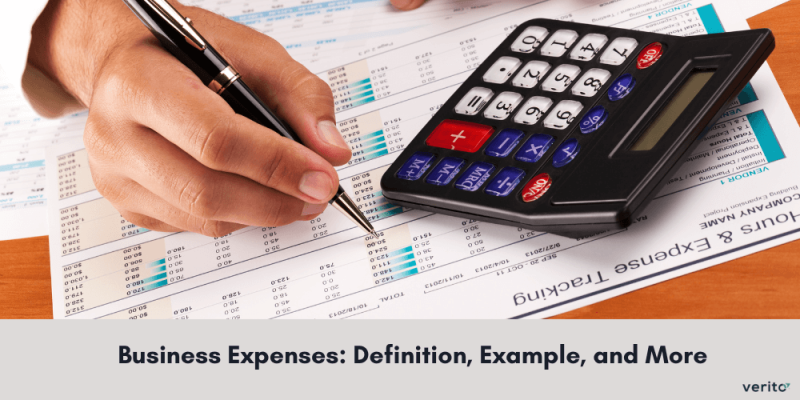

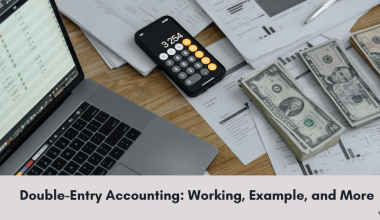
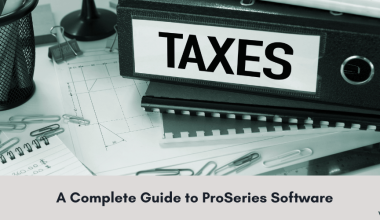
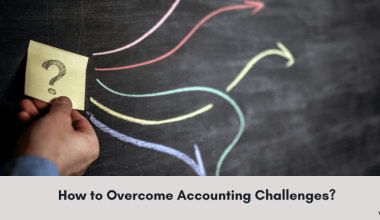
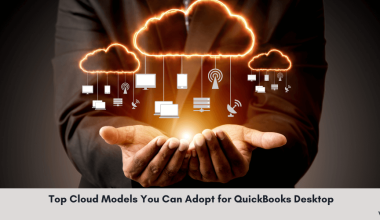

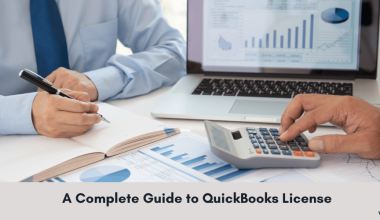
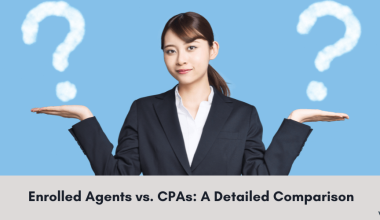
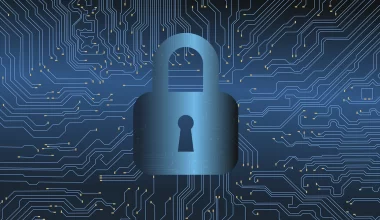

1 comment
Comments are closed.